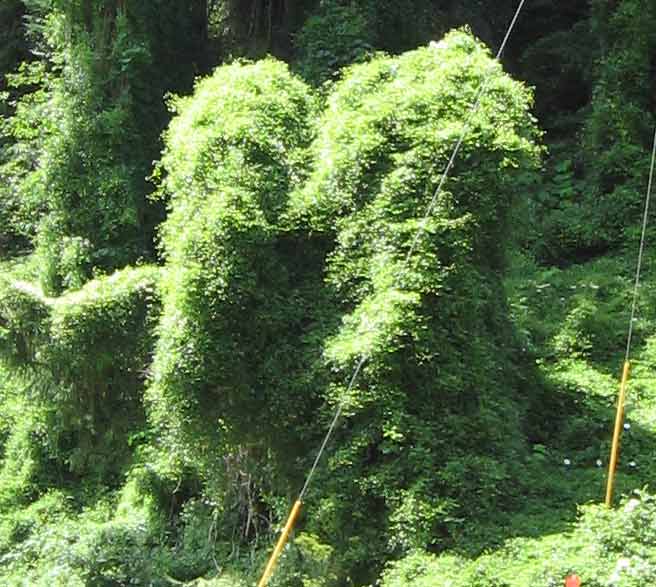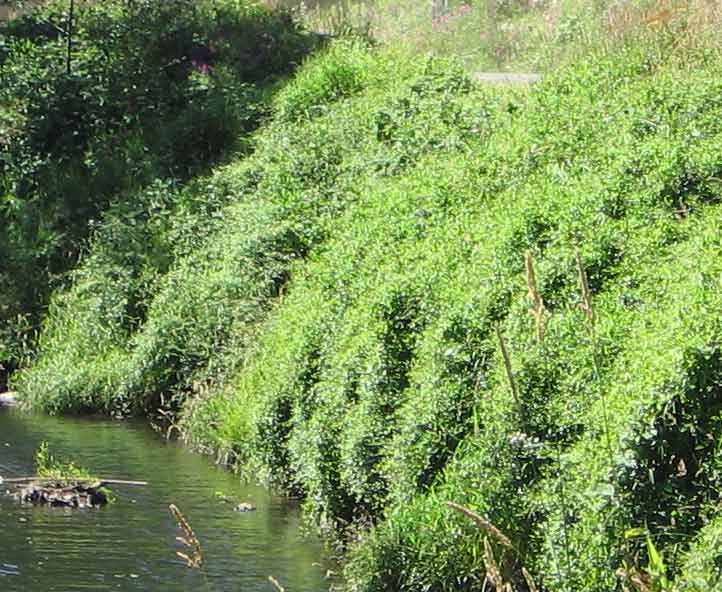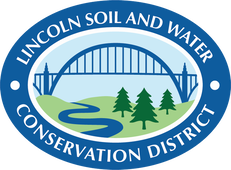Old mans beard, traveler's joy - Clematis vitalba
What is Clematis vitalba?
Clematis vitalba is a European perennial vine introduced to the United States as an ornamental. ODA classifies clematis as a Class B noxious weed due to the significant threat it poses to native vegetation. Clematis is able to envelop entire trees- which increases the likelihood of toppling during storms- and constrict stands of native shrubs. In Lincoln County, clematis is an Early Detection Rapid Response (EDRR) species and should be reported to LSWCD and the Oregon Invasives Hotline to prevent widespread establishment. The main method of clematis introduction is wind dispersal of it's seeds. Clematis aggressively climbs any vertical object from fences, buildings, bridges, or telephone poles to trees and shrubs to increase the distance it disperses its seeds.
Clematis vitalba is a European perennial vine introduced to the United States as an ornamental. ODA classifies clematis as a Class B noxious weed due to the significant threat it poses to native vegetation. Clematis is able to envelop entire trees- which increases the likelihood of toppling during storms- and constrict stands of native shrubs. In Lincoln County, clematis is an Early Detection Rapid Response (EDRR) species and should be reported to LSWCD and the Oregon Invasives Hotline to prevent widespread establishment. The main method of clematis introduction is wind dispersal of it's seeds. Clematis aggressively climbs any vertical object from fences, buildings, bridges, or telephone poles to trees and shrubs to increase the distance it disperses its seeds.
Why is Clematis vitalba a problem?
Clematis is a plant species that rapidly establishes and readily degrades habitats into a monoculture. Clematis is able to create dense mats along the forest floor and engulf trees. It prevents natural regeneration of annual plants and has the ability to decompose shrub stands via smothering. The extra weight clematis vines place on trees can cause them to topple over.
Controlling clematis
The method of of eradication is dependent upon the size of infestation. Recommended control methods range from digging up roots and cutting vines to chemical control. Many considerations are site-specific. General methods of control are outlined in the link at the bottom of the page.
If you believe you have discovered an infestation of Clematis vitalba report it to Lincoln SWCD by email or phone at (541-265-2631).



